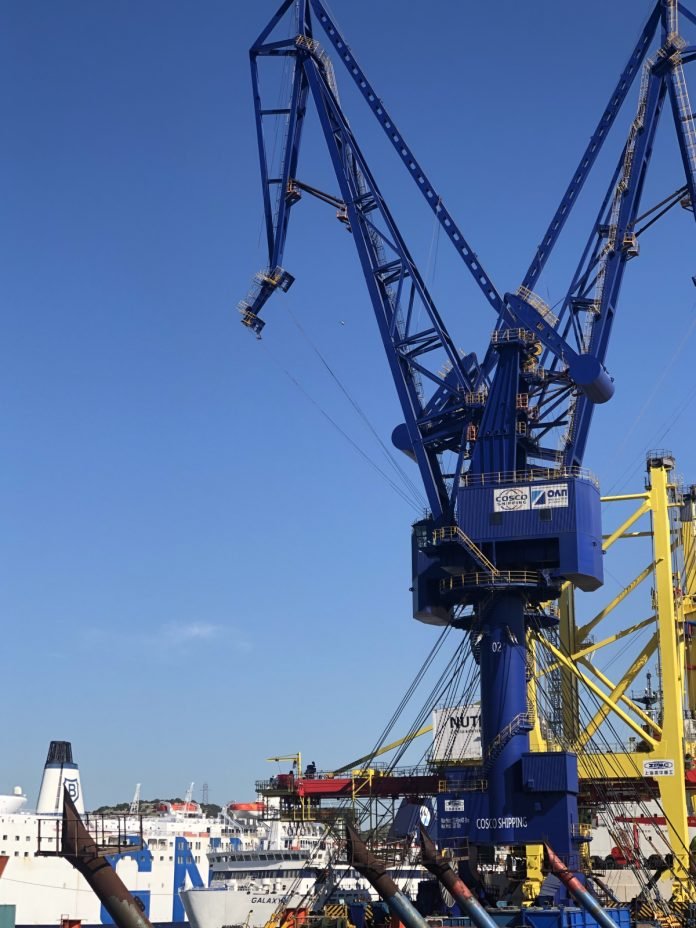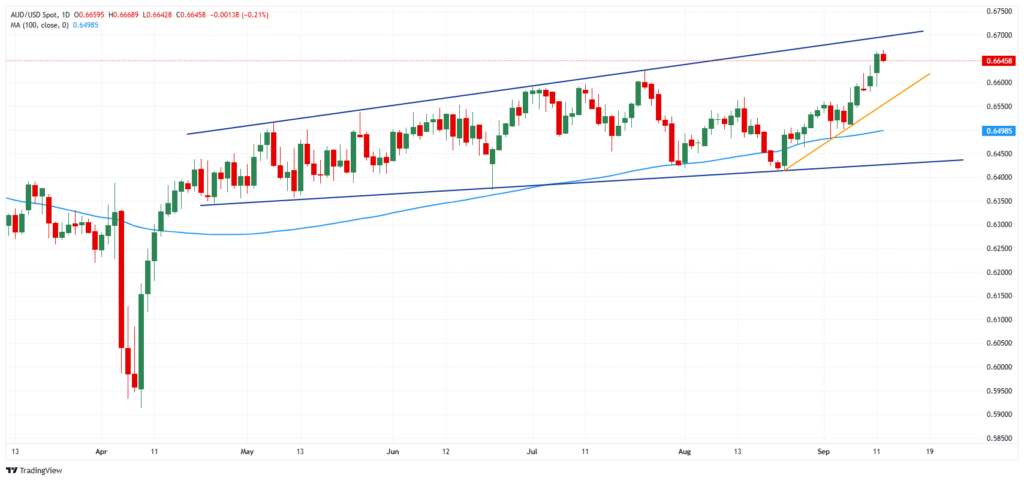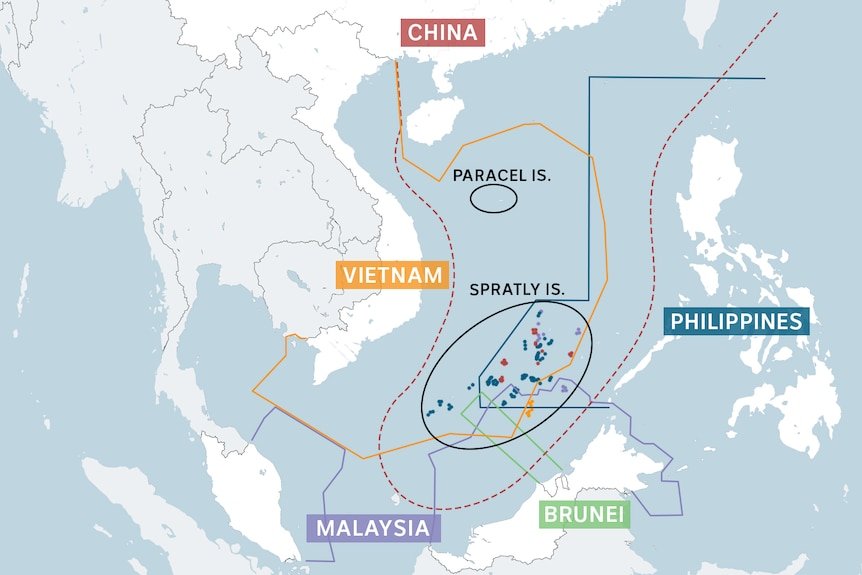Amid deepening great-power competition between the US and China, the two countries are moving in diametrically opposing directions.
As the US, once a magnet for global talent, tightens its rules on H-1B visas for skilled immigrants, China, a country historically known for its anti-foreigner sentiment, is opening its borders for young professionals from the science and technology fields.
The ramifications of these subtle changes in the visa policies of these two giants will be far-reaching and felt for decades to come.
The impact of these visa rule changes on the US tech leadership and their potential to catalyze China’s rise as a new tech powerhouse is not difficult to fathom.
Last week, President Donald Trump met with 33 Silicon Valley power players and CEO’s of the US’s biggest tech firms at the White House. Among the 33 tech-leaders who attended the event, at least 10 are foreign-born.

Among them, five are Indian-Americans, including Microsoft CEO Satya Nadella, Google CEO Sundar Pichai, Micron Technologies’ CEO Sanjay Mehrotra, Vivek Ranadive, Chairman of TIBCO, and Shyam Sankar, CTO of Palantir.
Taiwan-born Jensen Huang, Nvidia’s chief executive and Fortune’s Most Powerful Person in Business, and South Africa-born Elon Musk did not attend the meeting. This illustrates the dominance of foreign-born immigrants in the US tech scene.
However, as the US and China pull in opposite directions on the issue of legal immigration of skilled labour, many young professionals could pick Beijing over Washington in the future.
China & The US: A Tale Of Two Immigration Models In The 19th Century
In the late 19th century, the US was a haven for all kinds of immigrants escaping poverty and persecution in the Old World.
This was the same time when Emma Lazarus wrote her famous poem ‘The New Colossus’ in 1883, with its famous lines inviting the “tired, poor, huddled masses.”
In 1886, the Statue of Liberty was gifted by the people of France to the United States, which soon became an emblem of welcome to immigrants.
From 1892 to 1954, nearly 12 million immigrants arriving at the Port of New York and New Jersey were processed in Ellis Island with the Statue of Liberty in the background.
However, as the US was welcoming immigrants in the late 19th century, China was witnessing violent anti-foreigner rights.
The “anti-foreign riots” of 1891 were a series of widespread, violent anti-missionary and anti-foreign incidents in China, primarily in the Yangtze Valley, during which Chinese crowds attacked and destroyed Christian missions, looting property and sometimes assaulting missionaries.
These riots were fueled by long-standing anti-Western sentiment, including concerns about foreign encroachment, missionary activity, and the spread of Christianity, which was perceived as a threat to traditional Chinese culture and power.
The Qing dynasty in China generally viewed outsiders with suspicion, fearing foreign influence could destabilize the empire.
China followed isolationist policies under Mao as well. The economy was reformed under Deng Xiaoping, but mass immigration was still discouraged.
Till 2020, only about 10,000 permanent residency permits were issued in China, as compared to millions in the US.
However, the attitude towards legal skilled immigration is changing in both countries, with China gradually opening up as the Trump administration in the US plans to follow more restrictive policies.
US Tightens Visa Rules
In a notice dated September 6, the US Department of State said that the applicant for a non-immigrant visa (NIV) should schedule their visa interview at the US Embassy or Consulate in their country of residence.
The notice further said that those applicants who schedule their interviews at the US Embassy or Consulate outside their country of residence will experience more difficulty in qualifying for a visa.
Additionally, the fees paid for such applicants will also not be refunded.
The Trump administration aims to create more jobs for American workers while restricting U.S. firms from hiring foreign workers. A new wage-based selection process for H-1B visas has been proposed and is likely to be implemented soon.
The New Wage-Based System plans to establish a wage-based allocation process and choose H-1B candidates based on their earnings; the higher the compensation paid by the US firm, the better the chances of obtaining an H-1B visa.
Similarly, the administration is also working to make the process of getting a Green Card and permanent residency more difficult.
Meanwhile, China, known for its anti-foreigner sentiment, is planning to open its borders for young professionals.
China Introduces ‘K’ Visa For Young Professionals
China has decided to introduce a new visa category for young science and technology talent, following a decision by the State Council in August.
Premier Li Qiang signed the State Council decree to promulgate the decision to amend the country’s regulation on the administration of foreigners’ entries and exits.
According to the decision, China will add a K visa to its ordinary visa categories, available to eligible young science and technology professionals.
The new rules will take effect from October 1.
Compared with the existing 12 ordinary visa types, K visas will offer more convenience to holders in terms of the number of permitted entries, validity period, and duration of stay.
After entering China, K visa holders can engage in exchanges in fields such as education, culture, and science and technology, as well as relevant entrepreneurial and business activities, said a government press release.
Furthermore, applications for K visas do not require a domestic employer or entity to issue an invitation.
“China’s development requires the participation of talent from around the world, and China’s development also provides opportunities for them,” according to the press release.
The decision aims to implement further China’s workforce development strategy in the new era, facilitate the entry of foreign young sci-tech talent into China, and promote international cooperation and exchanges among young sci-tech professionals, it added.
Notably, China has also relaxed visa rules for other visa categories. As of the end of July, China had introduced unilateral visa-free entry or mutual visa-exemption agreements with 75 countries.
These relaxed visa rules are leading to a significant increase in foreign arrivals in China.
According to the National Immigration Administration, foreign nationals made a total of 38.05 million trips to or from China in the first six months of 2025, an increase of 30.2 percent year on year. Of these trips, 13.64 million involved visa-free entries, which was an increase of 53.9 percent over the same period last year.
The K visa introduced a significant change in China’s immigration policy, moving away from prioritizing overseas Chinese for corporate roles or family reunification toward a strong focus on attracting talent in technology and innovation. This policy would target talented young professionals from both the developed world and the Global South countries, particularly India, Japan, and South Korea.
Liu Hong, a professor of public policy and global affairs at Nanyang Technological University in Singapore, believes that the Trump administration’s restrictive visa policies will help drive talented foreigners to China.
However, despite these policy changes, there will not be an overnight shift in the preferences of skilled labourers from the US to China, as China has historically been a closed society.
Additionally, issues like personal liberty and freedom of expression can also play a part.
It remains to be seen to what extent these new visa rules will be successful in attracting foreign young professionals to Communist China.
- Sumit Ahlawat has over a decade of experience in news media. He has worked with Press Trust of India, Times Now, Zee News, Economic Times, and Microsoft News. He holds a Master’s Degree in International Media and Modern History from the University of Sheffield, UK.
- VIEWS PERSONAL OF THE AUTHOR.
- He can be reached at ahlawat.sumit85 (at) gmail.com






